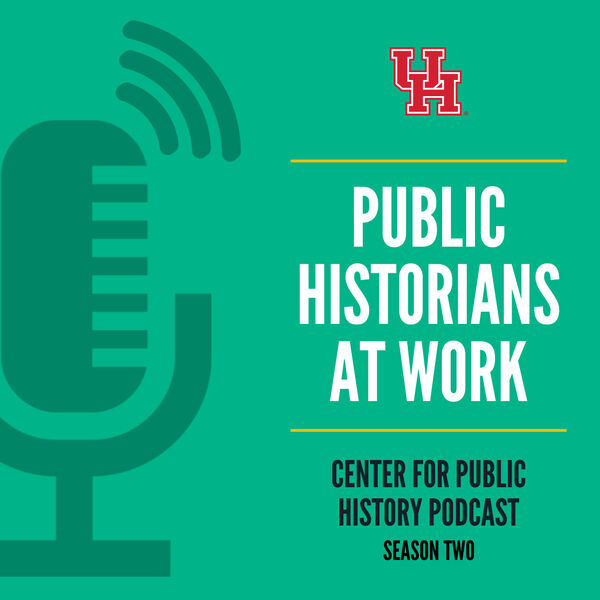
In this final episode of Public Historians at Work season 2, the Center for Public History Program Manager Dr. Wes Jackson speaks with Dr. Cathy Kudlick (Professor of History and Director Emeritus of the Paul K. Longmore Institute on Disability, San Francisco State University) and Fran Osborne (Freelance Designer/Museum Consultant and Lecturer in Museum Studies, San Francisco State University) on their public exhibit about the 504 Sit-in.
The exhibit features the story of the national 504 Sit-In in 1977 as part of a protest to sign into law Section 504 of the Rehabilitation Act (1973). This act would make it illegal for any federally funded facilities or programs to discriminate against individuals based on their disability. Over 100 protestors with disabilities and their allies occupied a federal building in San Francisco for almost a month and their successful protest paved the way for the passing of the Americans with Disabilities Act in 1990.
“Patient No More: People with Disabilities Securing Civil Rights,” the exhibit created by. Kudlick and Osborne to commemorate the history around the 504 protest, exemplifies innovative public history practice by making accessibility and community involvement integral to its design.
Before discussing the exhibit design, Dr. Kudlick begins by describing that she felt drawn towards public history because of her desire to have history reach more people, although not realizing at the time that her work would be labeled public history. Osborn follows by citing her enjoyment in seeing museums curate exhibits on local history and allowing more voices into museums.
Both Dr. Kudlick and Osborn agree that the story of the 504 Sit-In was one they found stirring and in need of sharing with the public and not simply with other scholars. This led to the decision to create an exhibit dedicated to the event, so as to reach audiences all over the country and of all backgrounds.
With emphasis focused on mobility, this exhibit is one that can be easily moved and set up in a multitude of locations and allows for more audiences to view. Once the exhibit has physically moved locations, the virtual exhibit online can be viewed at any time for an even greater reach to audiences everywhere.
The design of the exhibit is unique, and accessibility of the exhibit was of great importance. Features such as a “braille-rail”, murals along a wheelchair ramp, and poetry based on viewing those murals for those with vision disabilities were included. Creating these features for inclusion involved collaboration with students, community members, former protesters, and people with disabilities.
Partnering with those who had been a part of the original Sit-In in 1977 brough about several emotional moments for Dr. Kudlick and Osborn. Osborn described her experience interviewing a protest member that brought joy and excitement as this former protest member realized that his story would be told and his efforts to make a change for those with disabilities would not be forgotten.
While there were many moments of success for Dr. Kudlick and Osborn, there were also moments of struggle. Osborn described that the exhibit took years of planning and that it was necessary to work step by step with information and funding available. Dr. Kudlick recalled the challenges of finding a space to work in with the project’s financial constraints. This led to interesting circumstances such as working in a building that frequently required the team to move the exhibit for other events, building an exhibit that could be approached from several entrances, and even challenges as small as finding enough outlets to power the exhibit.
Both Dr. Kudlick and Osborn express their hope that this exhibit will not only share the moving story of the 504 Sit-In, but that it will encourage other museums and exhibit designers to give more consideration to accessibility when designing exhibits.
Listen to the full podcast episode here!
Check out the amazing virtual exhibit for “Patient No More”: https://longmoreinstitute.sfsu.edu/patient-no-more
Learn more about the Paul K. Longmore Institute on Disability: https://longmoreinstitute.sfsu.edu/
Explore the Global Museum at San Francisco State University: https://museum.sfsu.edu/global-museum
For more on Dr. Kudlick: https://longmoreinstitute.sfsu.edu/catherine-j-kudlick
For more on Prof. Osborne: https://art.sfsu.edu/fran-osborne